Cubital tunnel syndrome is a condition that occurs when the ulnar nerve, one of the three main nerves in the hand, becomes compressed or exposed to pressure at the elbow region. The nerve travels between two bony protrusions on the inner side of our elbow and passes through a structure called the cubital tunnel, located between the two points of origin of the muscle in this area. The nerve is vulnerable to pressure and trauma because of it is very superficial in this region.
When we bend our elbow, the nerve stretches and the diameter of the tunnel decreases. Prolonged bending position of the elbow, for example using computer, holding a phone, driving, writing, or sleeping with the hand under the head, can facilitate compression of the nerve in the tunnel. Additionally, previous elbow fractures, masses in the elbow, arthritis and rheumatic diseases can also cause nerve compression.
Patients typically complain of tingling and numbness in the inner aspect of their forearms and hands, specifically in the ring finger and little finger. There may also be pain radiating from the elbow towards the hand. If the nerve is compressed for a long time, muscle wasting and weakness in the muscles of the little finger begin.
The diagnosis is made based on the patient's history and physical examination findings, along with electrophysiological tests. Rarely, advanced investigations such as ultrasound, elbow MRI, or MR neurography of the ulnar nerve may be required.
In patients whose complaints have just begun and are diagnosed at an early stage, behavioral therapy that limits elbow movements, physiotherapy applications, the use of splints to keep the elbow in a straight position, and the use of anti-inflammatory drugs may be beneficial. Surgical treatment is applied to patients who do not benefit from non-surgical treatment options, or those with advanced stage disease. The aim of surgical treatment is to release the nerve which is compressed. Full recovery can be achieved in the majority of patients with appropriate treatment methods.
I wish you healthy days.
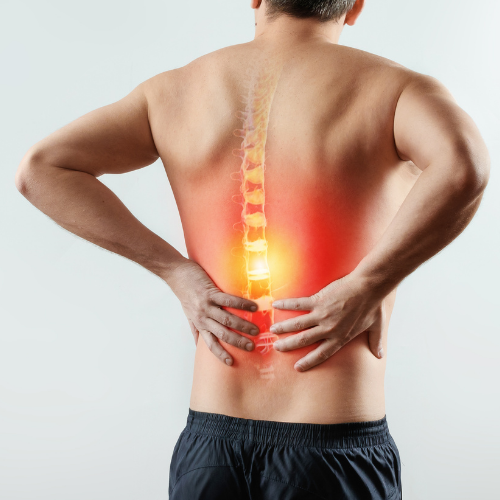
Herniated Discs Herniated discs in the neck (cervical), back (lumbar), or more rarely in the mid-back (thoracic) are illness caused by degeneration of structures called discs located between the spinal bones, due to various reasons such as trauma, heavy lifting, excess weight, aging, poor posture, and genetic predisposition. Following the degeneration of the annulus of […]
View in Detail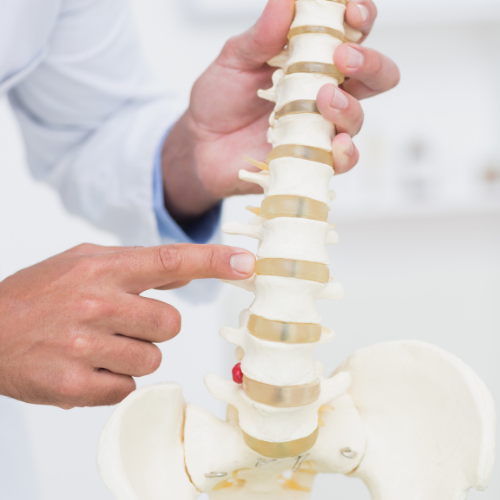
Spondylolisthesis (Spinal Dislocation) Spondylolisthesis, or spinal displacement, is the displacement of one or more vertebrae in the spine that are normally aligned, due to various reasons. This displacement can occur forwards, backwards, to the right, or to the left, affecting the neck, back, or lower back. It can occur in a single vertebra or multiple […]
View in Detail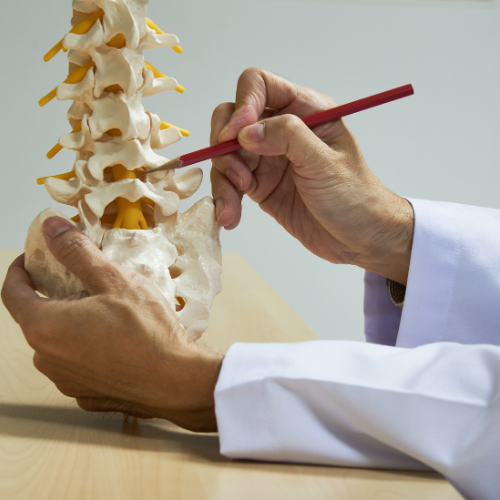
Spinal Stenosis (Spinal Canal Narrowing) Spinal stenosis mostly occurs due to degenerative changes associated with aging, which puts pressure on the spinal cord. As a person ages, the water content in the discs decreases, reducing disc height and narrowing the space between the vertebrae. The disc loses its flexibility and ability to absorb shocks to […]
View in Detail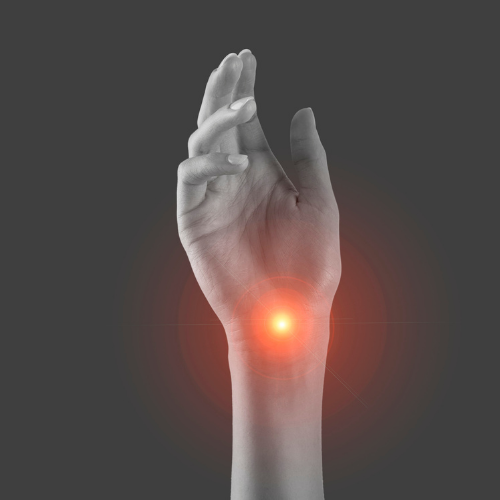
Carpal Tunnel Syndrome Carpal tunnel syndrome is a condition that occurs when the median nerve, one of the major nerves in the hand, is compressed and subjected to pressure within a structure called the carpal tunnel at the wrist level, due to various reasons. Causes include repetitive hand and wrist movements (computer use, playing musical […]
View in Detail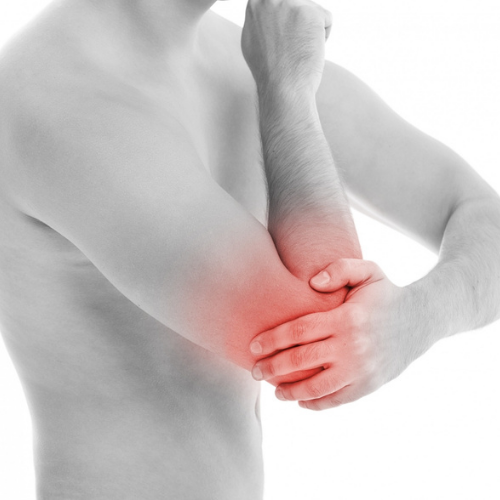
Cubital Tunnel Syndrome Cubital tunnel syndrome is a condition that occurs when the ulnar nerve, one of the three main nerves in the hand, becomes compressed or exposed to pressure at the elbow region. The nerve travels between two bony protrusions on the inner side of our elbow and passes through a structure called the […]
View in Detail
Brain Tumors The causes of brain tumors are not fully understood, but risk factors include radiation exposure, genetic disorders, a family history of tumors, diseases that affect the immune system, stress, and exposure to various environmental carcinogens. It is thought that brain tumors occur as a result of damage or improper function of specific genes […]
View in Detail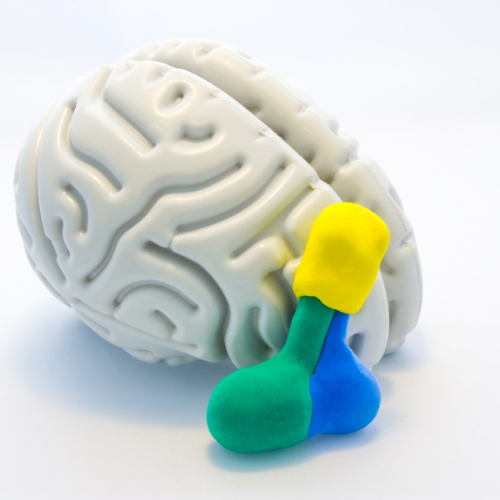
Pituitary Tumors Pituitary tumor occurs as a result of abnormal growth or proliferation of cells in the pituitary gland (an endocrine gland located in the brain). Depending on the type, size, and location of the tumor, various symptoms may occur. Pituitary tumors are divided into two groups: functional and nonfunctional tumors. Functional tumors cause hormonal […]
View in Detail